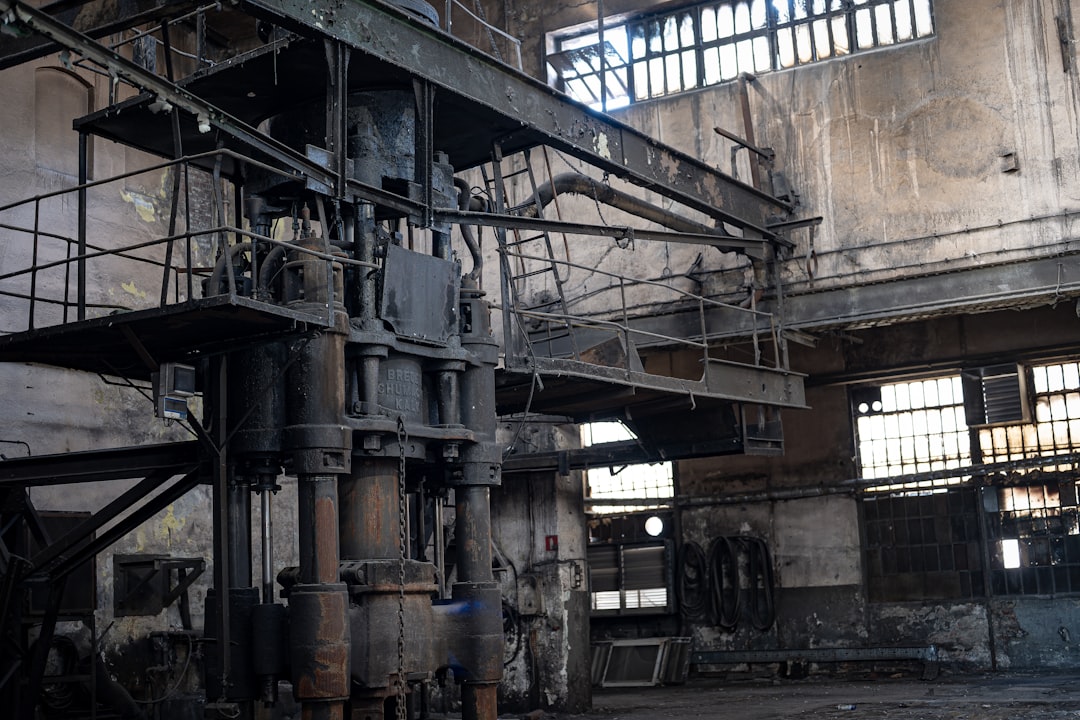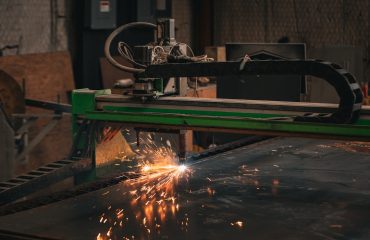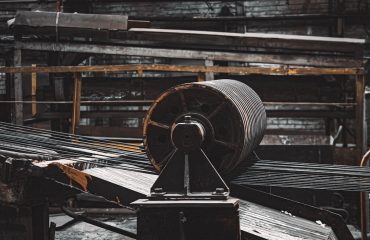body { font-family: sans-serif; line-height: 1.6; }
h1, h2, h3 { color: #333; }
h1 { font-size: 2.5em; }
h2 { font-size: 2em; }
h3 { font-size: 1.5em; }
The steel industry is a cornerstone of global infrastructure, but its significant carbon footprint poses a considerable environmental challenge. Producing steel is an energy-intensive process, largely reliant on fossil fuels, contributing substantially to greenhouse gas emissions. However, the industry is undergoing a transformation, driven by environmental concerns and the growing demand for sustainable materials. This post explores innovative strategies for reducing the carbon footprint of steel factories, paving the way for a greener and more sustainable future.
1. Transitioning to Low-Carbon Energy Sources
The most impactful way to reduce steel production’s carbon footprint is by shifting away from fossil fuels towards cleaner energy sources. This involves several key strategies:
- Investing in renewable energy sources: Steel plants can integrate solar, wind, and hydroelectric power into their operations, directly reducing reliance on coal and natural gas. On-site renewable energy generation can significantly lower emissions and improve energy security.
- Utilizing green hydrogen: Hydrogen produced from renewable sources (green hydrogen) holds immense potential for decarbonizing steelmaking. It can replace coke in the blast furnace process, eliminating CO2 emissions from this crucial stage. However, widespread adoption requires advancements in green hydrogen production and storage technologies.
- Carbon capture, utilization, and storage (CCUS): CCUS technologies capture CO2 emissions from the steelmaking process, preventing their release into the atmosphere. This captured CO2 can then be utilized in other industries or stored underground. While promising, CCUS technology is still under development and requires significant investment.
2. Optimizing Production Processes for Efficiency
Beyond energy sources, improving the efficiency of steel production processes is crucial for reducing emissions. This includes:
- Implementing advanced process control: Utilizing advanced sensors, data analytics, and artificial intelligence can optimize energy consumption and reduce waste during steelmaking. Real-time monitoring and adjustments can lead to significant efficiency gains.
- Improving energy efficiency in existing infrastructure: Retrofitting existing steel plants with energy-efficient equipment, such as high-efficiency motors and heat recovery systems, can significantly reduce energy consumption without requiring complete plant overhauls.
- Developing and adopting innovative steelmaking technologies: Research and development are crucial for developing new, more efficient steelmaking processes. Examples include electric arc furnaces (EAFs), which are inherently more energy-efficient than blast furnaces, and direct reduced iron (DRI) processes that use less energy than traditional methods.
3. Utilizing Recycled Steel and Sustainable Raw Materials
Reducing the reliance on virgin iron ore is a key strategy for lowering the carbon footprint of steel production. This involves:
- Increasing the use of scrap steel: Electric arc furnaces (EAFs) primarily use scrap steel as their feedstock, significantly reducing the energy and emissions associated with iron ore production. Expanding scrap steel collection and recycling infrastructure is crucial for maximizing EAF utilization.
- Sourcing sustainably produced iron ore: Focusing on iron ore mines with environmentally responsible practices, such as minimizing waste and reducing water consumption, can reduce the overall environmental impact of steel production.
- Exploring alternative raw materials: Research is ongoing into alternative raw materials for steel production, such as using iron from industrial waste streams. This can reduce reliance on traditional iron ore mining and lower the overall carbon footprint.
4. Implementing Sustainable Supply Chain Management
The environmental impact of steel extends beyond the factory gates. Sustainable supply chain management is essential for minimizing the overall carbon footprint:
- Collaborating with suppliers: Working with suppliers committed to sustainable practices, including responsible sourcing of raw materials and reduced transportation emissions, can significantly reduce the overall environmental impact of steel production.
- Optimizing logistics and transportation: Minimizing transportation distances, utilizing fuel-efficient vehicles, and exploring alternative transportation modes like rail can reduce the carbon emissions associated with transporting raw materials and finished steel products.
- Implementing circular economy principles: Adopting circular economy principles involves designing products for durability, recyclability, and reuse, minimizing waste and extending the lifespan of steel products. This reduces the demand for new steel production.
5. Policy and Regulatory Frameworks for Green Steel
Government policies and regulations play a crucial role in driving the transition to a greener steel industry:
- Carbon pricing mechanisms: Implementing carbon taxes or cap-and-trade systems can incentivize steel companies to reduce their emissions by making pollution more expensive.
- Green subsidies and tax incentives: Government subsidies and tax breaks for investments in renewable energy, green technologies, and sustainable steelmaking practices can accelerate the adoption of cleaner technologies.
- Setting ambitious emission reduction targets: Governments can set stringent emission reduction targets for the steel industry, driving innovation and investment in cleaner technologies. These targets should be aligned with global climate goals.
- Supporting research and development: Government funding for research and development into sustainable steelmaking technologies is essential for driving innovation and accelerating the transition to a greener industry.
The transition to a sustainable steel industry requires a multifaceted approach involving technological innovation, policy support, and collaborative efforts across the entire value chain. By implementing these strategies, the steel industry can significantly reduce its carbon footprint, contributing to a more sustainable and environmentally responsible future.
SEO Tags:
Green Steel, Sustainable Steel Production, Carbon Footprint Reduction, Steel Industry Sustainability, Low-Carbon Steel




